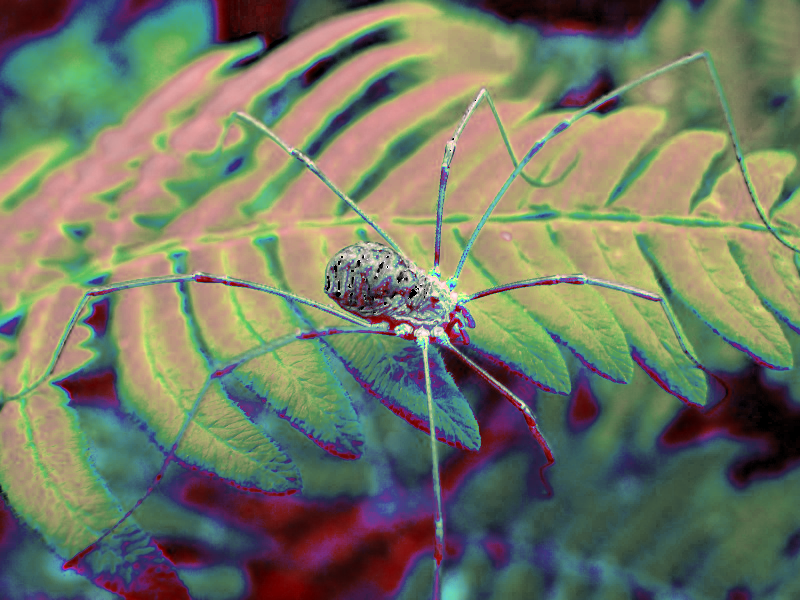AdjustHSV
Performs an HSV adjustment operation on a pixmap and returns the result.
Syntax
-
AdjustHSV(pm, A)-
pmis a pixmap -
Ais a matrix
-
Description
If pm is a pixmap and A an HSV adjustment matrix, then AdjustHSV(pm, A) returns the pixmap obtained by applying A to pm.
An HSV adjustment matrix is a real 3×5 matrix of the form
⎛ hc hh hs hv ho ⎞
A = ⎜ sc sh ss sv so ⎟
⎝ vc vh vs vv vo ⎠
Each pixel in pm is transformed in the same way. If a pixel has colour hsv(h, s, v), then its new HSV coordinates are obtained first by multiplying the four first columns of A by the vector ❨1, h, s, v❩:
⎛1⎞ ⎛h'⎞ ⎛ hc hh hs hv ⎞⎜h⎟ ⎜s'⎟ = ⎜ sc sh ss sv ⎟⎜s⎟ ⎝v'⎠ ⎝ vc vh vs vv ⎠⎝v⎠.
The final column of A decides how the vector ❨h', s', v'❩ is made into a valid HSV coordinate vector, in which each component is restricted to [0, 360] (for h) or [0, 1] (for s, v). If ho is 0, then h' is moved into [0, 360] by clamping; otherwise, h' is moved into [0, 360] by wrapping. The saturation and value coordinates are treated similarly depending on so and vo, respectively.
Notice that this function can be used to shift the hue, alter the saturation and value, and to mix HSV channels.
Examples
A ≔ ❨❨180, 0, 360, −360, 0❩, ❨0, 0, 1, 0, 0❩, ❨.5, −.005, 0, 1, 0❩❩
⎛ 180 0 360 −360 0⎞ ⎜ 0 0 1 0 0⎟ ⎝ 0.5 −0.005 0 1 0⎠
AdjustHSV(ExampleData("harvestman"), A)
